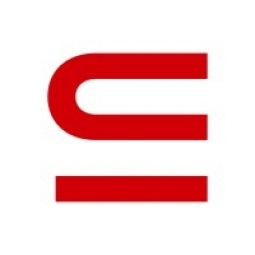Customer Company Size
Large Corporate
Region
- America
Country
- United States
Product
- PAS PowerStore
Tech Stack
- Warehouse Management System (WMS)
Implementation Scale
- Enterprise-wide Deployment
Impact Metrics
- Productivity Improvements
- Customer Satisfaction
- Energy Saving
Technology Category
- Functional Applications - Warehouse Management Systems (WMS)
- Automation & Control - Automation & Process Control Systems
Applicable Industries
- Food & Beverage
Applicable Functions
- Warehouse & Inventory Management
Use Cases
- Warehouse Automation
- Inventory Management
Services
- System Integration
About The Customer
Pepsi Bottling Ventures (PBV) is the largest privately-held manufacturer, seller, and distributor of Pepsi-Cola beverages in the United States. Located in Garner, North Carolina, PBV operates a 54,000 square feet warehouse nestled in an old-growth pine forest south of Raleigh. The company is renowned for its extensive distribution network and a wide range of beverage products, including Pepsi, Diet Pepsi, Mountain Dew, Diet Mountain Dew, Aqua Fina bottled water, and various flavors and package assortments of Lipton Tea, Sunkist, and Diet Sunkist. PBV has been recognized for its quality and innovation leadership, having been named Bottler of the Year by Beverage Industry in 2013 and winning the PepsiCo North America Caleb Bradham Platinum Award twice. The company is committed to maximizing its operational efficiency and maintaining its leadership position in the beverage industry.
The Challenge
Before the installation of PAS PowerStore, Pepsi Bottling Ventures (PBV) faced significant challenges in their warehouse operations. The 54,000 square feet warehouse stored pallets on the floor, up to four high, which led to inefficiencies and operational issues. One of the major problems was the occurrence of pallet tumbles, which not only damaged products but also created sticky spillage, complicating the warehouse environment. Additionally, the manual tracking of pallet locations often resulted in the inability to find specific pallets, leading to product wastage when items were stored past their due date. This manual system also meant that storage space was not utilized efficiently, further exacerbating the operational challenges. The need for a more efficient system was evident as PBV sought to increase storage capacity and better manage their inventory without expanding the physical footprint of their warehouse.
The Solution
To address the challenges faced by Pepsi Bottling Ventures (PBV), the company decided to implement the PAS PowerStore, a revolutionary cart and lift-based warehouse automation technology. This system was chosen for its ability to significantly increase storage capacity by over 60% within the existing warehouse footprint. The PowerStore system consists of seven modules, accessible by eight vertical conveyors, 27 carrier sets, and 14 turntables, all designed to maximize productivity and ease of access for fork truck operators. The system's proprietary software integrates seamlessly with PBV's existing Warehouse Management System (WMS), allowing for precise tracking and management of inventory. Fork truck drivers can input and deduct pallets via a double-layer induction/deduction conveyor, with large screen monitors directing operators on cargo scheduling. This automation has enabled PBV to store and retrieve 7,800 pallets efficiently, without the need for additional square footage or labor. The implementation of PowerStore has transformed PBV's logistics operations, allowing for seamless distribution and improved inventory management.
Operational Impact
Quantitative Benefit

Case Study missing?
Start adding your own!
Register with your work email and create a new case study profile for your business.
Related Case Studies.

Case Study
The Kellogg Company
Kellogg keeps a close eye on its trade spend, analyzing large volumes of data and running complex simulations to predict which promotional activities will be the most effective. Kellogg needed to decrease the trade spend but its traditional relational database on premises could not keep up with the pace of demand.
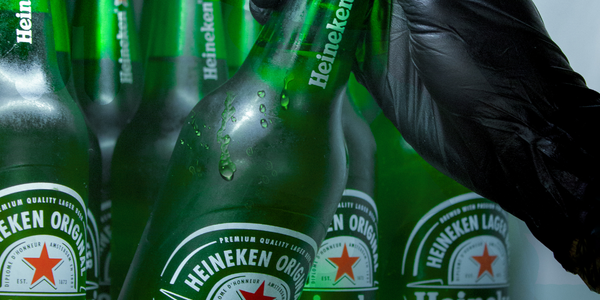
Case Study
HEINEKEN Uses the Cloud to Reach 10.5 Million Consumers
For 2012 campaign, the Bond promotion, it planned to launch the campaign at the same time everywhere on the planet. That created unprecedented challenges for HEINEKEN—nowhere more so than in its technology operation. The primary digital content for the campaign was a 100-megabyte movie that had to play flawlessly for millions of viewers worldwide. After all, Bond never fails. No one was going to tolerate a technology failure that might bruise his brand.Previously, HEINEKEN had supported digital media at its outsourced datacenter. But that datacenter lacked the computing resources HEINEKEN needed, and building them—especially to support peak traffic that would total millions of simultaneous hits—would have been both time-consuming and expensive. Nor would it have provided the geographic reach that HEINEKEN needed to minimize latency worldwide.
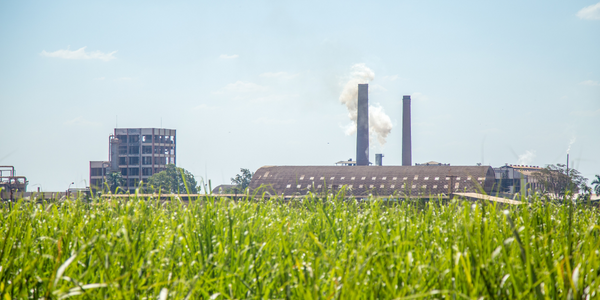
Case Study
Energy Management System at Sugar Industry
The company wanted to use the information from the system to claim under the renewable energy certificate scheme. The benefit to the company under the renewable energy certificates is Rs 75 million a year. To enable the above, an end-to-end solution for load monitoring, consumption monitoring, online data monitoring, automatic meter data acquisition which can be exported to SAP and other applications is required.
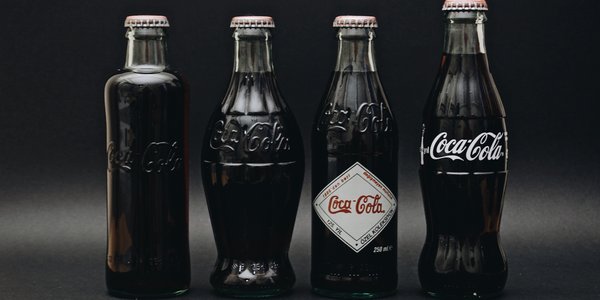
Case Study
Coca Cola Swaziland Conco Case Study
Coco Cola Swaziland, South Africa would like to find a solution that would enable the following results: - Reduce energy consumption by 20% in one year. - Formulate a series of strategic initiatives that would enlist the commitment of corporate management and create employee awareness while helping meet departmental targets and investing in tools that assist with energy management. - Formulate a series of tactical initiatives that would optimize energy usage on the shop floor. These would include charging forklifts and running cold rooms only during off-peak periods, running the dust extractors only during working hours and basing lights and air-conditioning on someone’s presence. - Increase visibility into the factory and other processes. - Enable limited, non-intrusive control functions for certain processes.
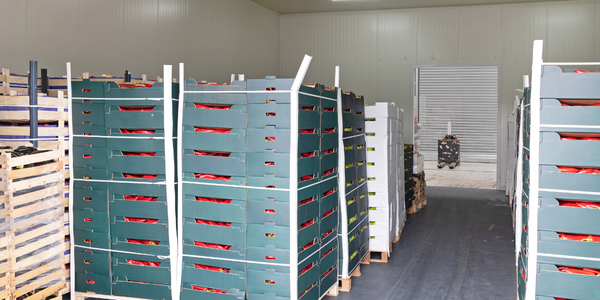
Case Study
Temperature Monitoring for Restaurant Food Storage
When it came to implementing a solution, Mr. Nesbitt had an idea of what functionality that he wanted. Although not mandated by Health Canada, Mr. Nesbitt wanted to ensure quality control issues met the highest possible standards as part of his commitment to top-of-class food services. This wish list included an easy-to use temperature-monitoring system that could provide a visible display of the temperatures of all of his refrigerators and freezers, including historical information so that he could review the performance of his equipment. It also had to provide alert notification (but email alerts and SMS text message alerts) to alert key staff in the event that a cooling system was exceeding pre-set warning limits.
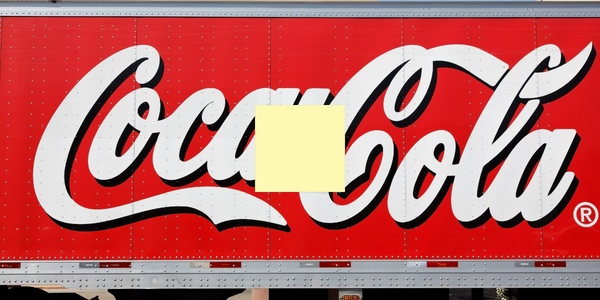
Case Study
Coca-Cola Refreshments, U.S.
Coca-Cola Refreshments owns and manages Coca-Cola branded refrigerators in retail establishments. Legacy systems were used to locate equipment information by logging onto multiple servers which took up to 8 hours to update information on 30-40 units. The company had no overall visibility into equipment status or maintenance history.




